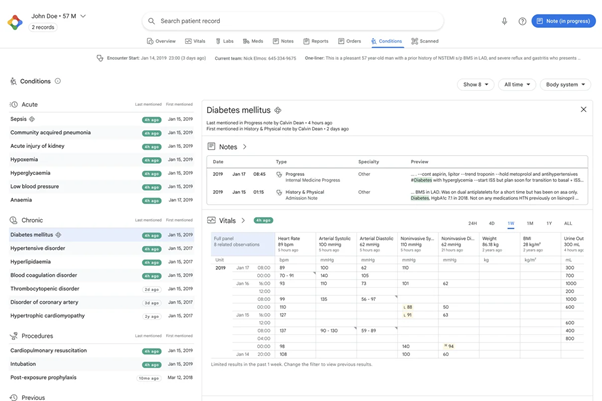Back
Perspectives 2023.06.27Medical technology: Lifestyle Disease, Health Care
2023.06.27The rising proportion of elderly population in developed countries has become a significant concern, leading to an increasing demand for healthcare services. In response to this challenge, medical technology is advancing towards greater efficiency, safety, and continuous innovation. It is not only serving individuals but also providing better health predictions for the entire population through the use of massive health databases constructed from big data analytics. Furthermore, the focus of healthcare is expanding to include pets and animals, emphasizing the importance of disease management and life preservation across various species.
Development of 3D Printing Technology and Implantable Devices
3D printing technology has made significant breakthroughs in the healthcare industry, particularly in the field of implantable devices. As the demand for implantable devices, such as artificial joints, dental implants, and cardiovascular stents, continues to grow among the elderly population, traditional manufacturing methods prove to be costly and inefficient. 3D printing technology enables the rapid customization of various specifications of implants, saving time and resources. Additionally, it offers the possibility of providing more suitable and comfortable personalized treatment plans based on specific patient needs. In the future, these implants may be replaced or augmented not only due to necessity but also for enhanced performance and functionality.

3D bioprinting arm of F3DB is directly printing on organs
(Image Source)
Existing 3D bioprinting technologies involve manufacturing biological materials outside the body, which often require major invasive surgeries for implantation, leading to increased risks of infection. Researchers at the University of New South Wales in Australia have developed a 3D bioprinter called F3DB, which consists of a miniature and flexible robotic arm with a nozzle. This technology allows for the direct printing of damaged human tissues or organs by inserting the arm through small incisions or natural orifices. It holds the potential to precisely reconstruct three-dimensional internal wounds, such as gastric wall injuries or damage and diseases within the colon.
Health Databases and Applied Analytics
To mitigate the threat of diseases, scientists are utilizing large-scale national health databases to analyze data and uncover the causes and potential risk factors of various illnesses. This approach facilitates early detection and prevention of diseases, reducing their impact. Moreover, open and secure health platforms built on these databases provide patients with convenient and comprehensive health check-ups and treatment plans, ushering into an era of personalized disease prevention and treatment. However, concerns regarding patient privacy and sensitive information remain important considerations, even if the purpose is to allow medical staff to access the patient information more accurately and conveniently.

Conditions offer a prompt understanding of a patient's medical status and encompass functional features within clinical records.
(Image Source)
Google introduced a new functionalities for the integration of personal health records called Conditions during the VivaTech healthcare conference in 2022. This feature aims to help doctors extract key health information from scattered and unstructured patient records, which used to be time-consuming and labor-intensive. To facilitate a clearer understanding of patients' medical conditions for physicians, Conditions will automatically generate health summaries that provide a quick overview of individuals' well-being. Leveraging AI technology, Google analyzes this data to swiftly generate a concise medical history summary, ordered by severity, enabling physicians to promptly assess the urgency of cases. Additionally, Conditions can identify proprietary name abbreviations based on the contextual information from medical records. Furthermore, symptoms can be prioritized based on factors such as frequency of occurrence and acute manifestations, aiding physicians in making informed decisions.
Brief Summary
Technological advancements in the medical field have expanded the spectrum to two extremes. On one end of the spectrum, there is extreme customization in healthcare. 3D printing technology, for instance, offers cost-effective specialized services, enabling individual patients to receive more precise and comfortable personalized treatment plans. On the other end, there is the universalization of healthcare for the entire human population. The establishment of a national health database can drive the well-being of overall human health trends, aiming to unravel the deeper mysteries of human diseases and lifespan. While both approaches appear to lead to a promising future in healthcare, it is crucial to recognize the ethical, legal, and resource allocation issues inherent in medicine. The ability of society's current morals and values to adapt to the impact of medical technological advancements is an important focal point.
Read-around
